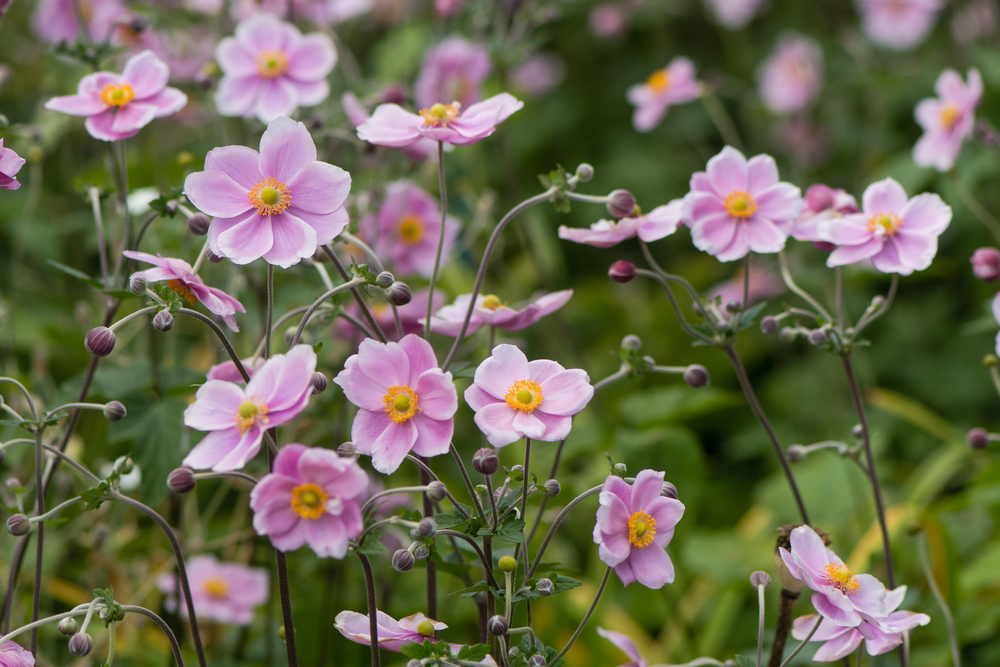Description
Anemone is a genus of flowering plants that includes a wide variety of species and cultivars. They are commonly grown for their attractive flowers and foliage. Here are some horticultural notes on the genus Anemone:
Growing conditions: Anemone plants prefer full sun to partial shade and well-draining soil. They can be grown in a range of environments, from meadows to woodlands, and are generally hardy.
Soil: Anemone plants prefer a well-draining soil that is rich in organic matter. A mixture of peat moss, sand, and compost can be used to create a well-draining soil mix.
Watering: Anemone plants require regular watering to keep the soil moist, but can be susceptible to root rot if overwatered.
Fertilization: Anemone plants do not require regular fertilization, but can benefit from a slow-release fertilizer applied in the spring.
Propagation: Anemone plants can be propagated by seed or by dividing the clumps in the spring or fall. Seeds should be sown in a well-draining soil mix and kept moist until germination.
Pruning: Anemone plants do not require regular pruning, but can be deadheaded to encourage new growth and a longer flowering season.
Pests and diseases: Anemone plants are generally resistant to pests and diseases, but can be susceptible to powdery mildew and rust in humid conditions.
Uses: Anemone plants are commonly grown in borders, rock gardens, and woodland gardens, as their attractive flowers and foliage make them well-suited to these environments. They can also be grown in containers and as cut flowers.
Varieties: There are many different species and cultivars of Anemone plants, with a wide range of sizes, colours, and textures. Some popular varieties include A. japonica, A. hupehensis, and A. coronaria.


